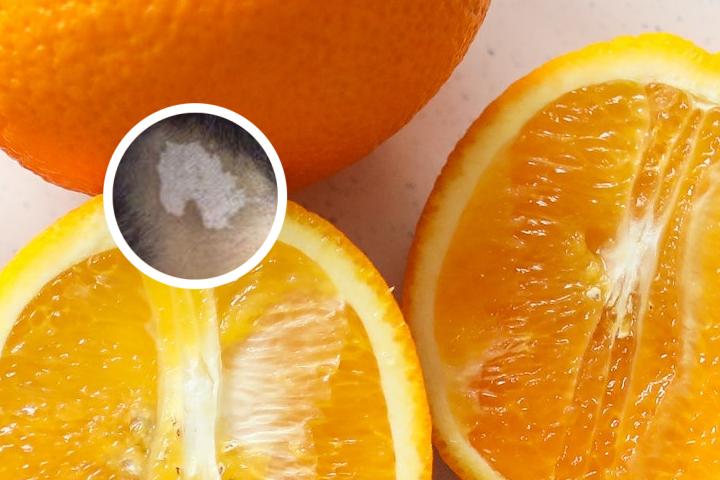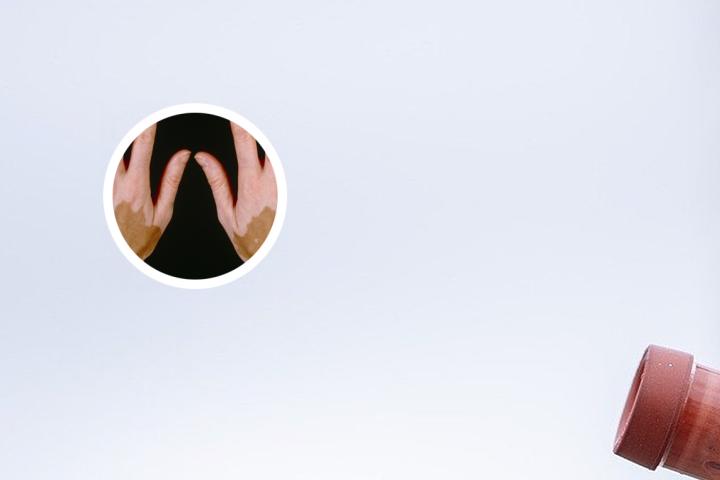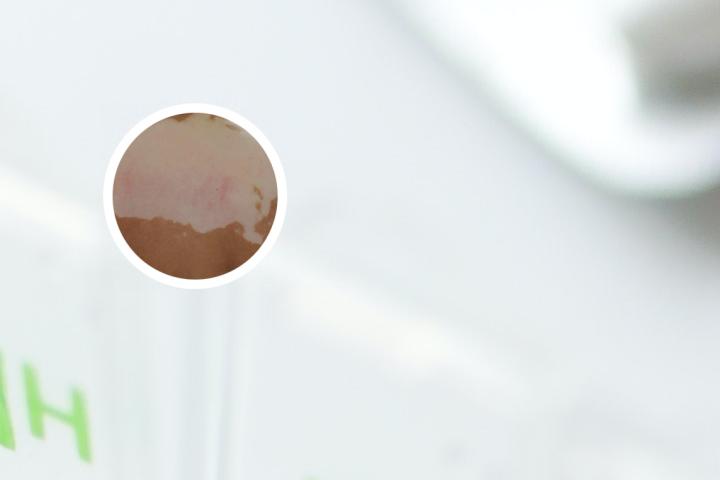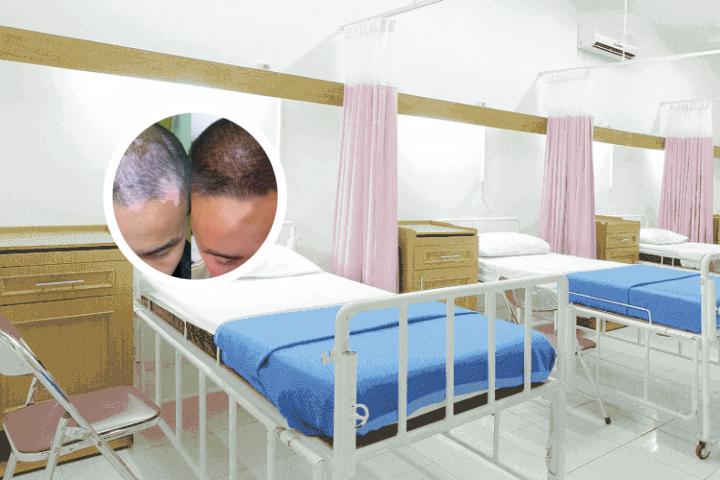题是什么?

白癜风的外文书题是Vitiligo。
Vitiligo is a skin disorder characterized by the loss of melanocytes, which are responsible for producing melanin, the pigment that gives color to our skin, hair, and eyes. This results in the formation of white patches on the skin or mucous membranes, commonly located on the face, hands, arms, and legs. Vitiligo affects people of all races equally and can appear at any age, although it is more common in young adults and children.
There are different types of vitiligo, including non-segmental vitiligo and segmental vitiligo. The exact cause of vitiligo is not known, but it is believed to be an autoimmune disorder, where the body's immune system attacks and destroys its own melanocytes. Other potential factors that may contribute to the development of vitiligo include genetics, exposure to environmental triggers, and oxidative stress.
Treatment options for vitiligo include topical medications, phototherapy, and surgical procedures such as skin grafting or tattooing. While there is no definitive cure for vitiligo, these treatments can help to improve the appearance of the affected areas and reduce the spread of the condition. Additionally, patients with vitiligo can benefit from counseling and support groups to help them cope with the emotional and social challenges associated with the condition.










